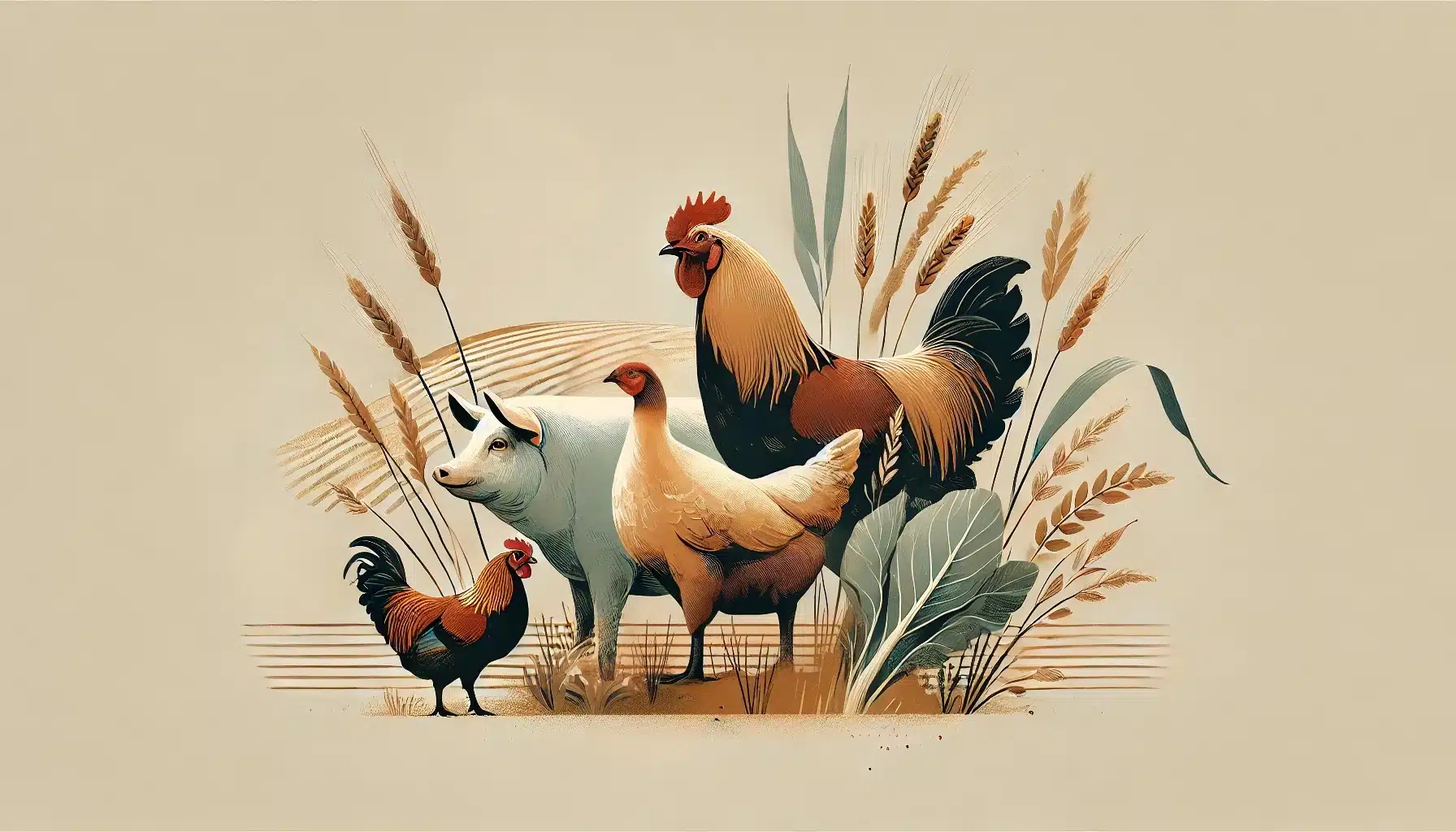What is International Heritage Breeds Day?
International Heritage Breeds Day is celebrated every year on the third Saturday of May to raise awareness about the importance of heritage breeds;animals that have been part of traditional farming for generations. These animals, including rare breeds of cows, sheep, pigs, horses, goats, and poultry, have adapted to their environments over time, making them strong, resilient, and well-suited to small-scale and sustainable farming. Unlike commercial breeds that are often bred for high production, heritage breeds retain natural behaviors, genetic diversity, and the ability to thrive in different climates.
Many of these breeds are at risk of disappearing because modern farming prioritizes fast-growing, high-yield animals. But losing these breeds means losing more than just a piece of history;it threatens the future of farming and the well-being of animals. Heritage breeds often have stronger immune systems, better mothering instincts, and longer lifespans. Protecting them is not just about conservation; it’s about respecting the animals that have provided food, companionship, and labor for centuries.
History and Origin
International Heritage Breeds Day was established by The Livestock Conservancy, an organization dedicated to protecting rare and traditional farm animals. The movement started in response to the growing concern that many heritage breeds were disappearing, replaced by industrial farming practices that prioritized a few select breeds. Over the years, farmers, conservationists, and animal lovers have joined the effort to ensure that these animals continue to have a place in the world.
The day is part of International Heritage Breeds Week, a time to celebrate these animals, educate the public about their value, and encourage people to support farmers who raise them. Across the world, farms open their doors, animal sanctuaries share their stories, and people come together to learn about and appreciate these unique animals.
Who Participates in International Heritage Breeds Day?
- Farmers and Ranchers: Open their farms to visitors, introducing people to heritage breeds and explaining why they matter. Many farms also sell products like wool, eggs, and dairy from these animals, helping to sustain their populations.
- Animal Sanctuaries and Conservation Groups: Share the stories of rescued and rare animals, working to protect endangered breeds and ensure they have safe, natural spaces to live.
- Zoos and Educational Centers: Organize special programs to teach visitors about traditional farm animals, their history, and their role in sustainable agriculture.
- Schools and Universities: Host lectures, workshops, and hands-on activities for students to learn about heritage breeds and their importance in biodiversity.
- Individuals and Families: Visit local farms, support ethical farmers, share information online, or even consider raising heritage breed animals themselves.
Slogans and Themes
International Heritage Breeds Day is about celebrating the past while protecting the future. It reminds us that animals are not just part of history; they are living beings that deserve care and respect. The themes often highlight sustainability, ethical farming, and the bond between people and animals.
Some of the most meaningful slogans include Keep Heritage Breeds Alive, Honor the Past, Protect the Future, and Every Animal Matters. These messages emphasize the need to preserve the diversity of farm animals for the benefit of future generations.
Colors
- Green: Represents sustainability, nature, and the land these animals depend on.
- Brown: Reflects the deep connection between heritage breeds and traditional farming.
- Gold: Symbolizes the value and richness these animals bring to history and culture.
Symbols
- Farm Animal Silhouettes: Depicting cows, pigs, chickens, and sheep to showcase the diversity of heritage breeds.
- Barn Icons: Representing traditional small-scale farms where these animals have been raised for generations.
- Footprints or Hoofprints: Symbolizing the journey of heritage breeds through history and into the future.
Patterns
- Woven Textures: Representing wool, feathers, and other natural materials from heritage breeds.
- Rustic Wood Grain: Reflecting traditional barns and homesteads where these animals thrive.
- Pastoral Landscapes: Symbolizing open fields and sustainable farming practices that support these breeds.
Most Used Hashtags
- #HeritageBreedsDay
- #SaveHeritageBreeds
- #FarmAnimalsMatter
- #EthicalFarming
- #SustainableFarms
How to Celebrate International Heritage Breeds Day
- Visit a Farm or Sanctuary: Spend the day learning about heritage breeds, meeting the animals, and supporting ethical farming practices. Many farms offer tours, demonstrations, and tastings of heritage-breed products.
- Support Small Farmers: Buy eggs, milk, cheese, wool, or meat from farmers who raise heritage breeds. These purchases help ensure these animals continue to be cared for and valued.
- Educate Yourself and Others: Read about heritage breeds, watch documentaries, or attend events that focus on ethical farming and conservation. Share what you learn with friends and family.
- Participate in Social Media Awareness: Use hashtags, post pictures, and share information about heritage breeds to help spread the message. Awareness leads to action.
- Adopt or Raise Heritage Breeds: If you have the space and resources, consider raising heritage breed chickens, goats, or other animals. Not only do they contribute to conservation, but they often have unique and lovable personalities.
Why is International Heritage Breeds Day Important?
Heritage breeds are more than just animals; they are part of our shared history. They represent generations of hard work, survival, and human-animal relationships that shaped agriculture as we know it. Each breed carries unique traits that may one day help solve challenges in farming, such as disease resistance or adaptability to climate change.
Beyond their practical value, these animals deserve to be protected simply because they exist. Every creature has a place in the world, and by honoring heritage breeds, we ensure they continue to thrive rather than fade into extinction. The best way to protect them is to recognize their worth, support the farmers who raise them, and celebrate their contribution to our lives.
Features
Third Saturday of May: Heritage Breeds Day
Why do you keep falling for the same type?
Read the article Lovemaps: the hidden blueprint of our love.

